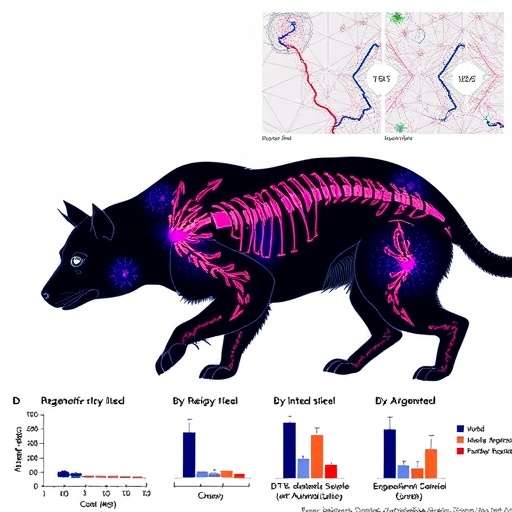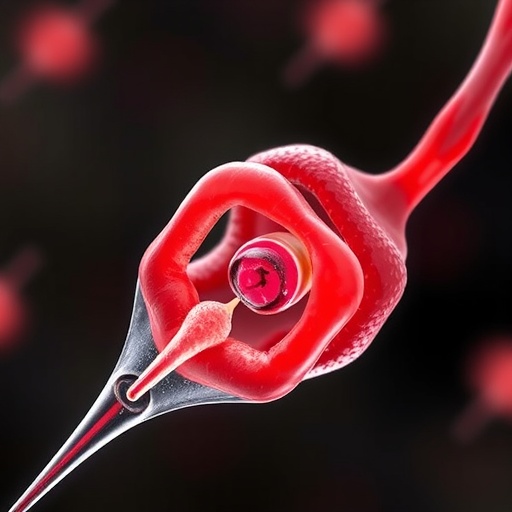BUFFALO, N.Y. – Abortion fund recipients who have to travel out of state for an abortion travel roughly 10 times farther for their procedures than patients able to get care in their homes states.
On average, abortion fund recipients who receive funds from advocacy organizations to help pay for abortion costs travel close to 172 miles from their homes to a health care provider for the procedures, a distance that has nearly doubled over a recent period that parallels the unprecedented policy-based restrictions that began after the 2010 midterm elections, according to Gretchen Ely, an associate professor in the University at Buffalo School of Social Work.
Ely analyzed about 4,000 cases from 2010 to 2015 from the National Network of Abortion Funds (NNAF), the main umbrella organization for 70 independent advocacy organizations that help patients pay for the cost of an abortion by pledging funds directly to health care providers. The NNAF also maintains its own fund, the Tiller Memorial Fund, which served as the data source for the study.
The results of Ely's analysis appear in the International Journal of Sexual Health.
Federal law prohibits funding abortions through programs like Medicaid, but individual states can choose to expand Medicaid to cover abortion care for Medicaid-eligible patients.
More than 80 percent of the recipients of abortion funding assistance in this study lived in states, mostly in the geographic southeastern U.S., that had not expanded Medicaid to cover abortion costs. Moreover, assistance recipients living in non-expanded states were almost three times more likely to have to travel out of state for abortion care.
For these low-income patients, getting the money to pay for a procedure can take weeks or even months, forcing patients to travel farther to the limited providers who offer services for later-stage pregnancies. In fact, patients in the later stages of pregnancy travel an average of three times farther for their procedures that those who received a pledge for an abortion in the first trimester, according to the study's results.
"This suggests they're either having problems accessing a provider or they are having difficulty getting the money to pay for an abortion, pushing the procedure closer to the second trimester," says Ely, a full-fellow in the Society of Family Planning. "Some state lawmakers believe that policy-based barriers on abortion will minimize the procedure's frequency, but these restrictions instead are apparently creating delays that push abortions into the second trimester, where they are riskier and more expensive.
"Policy makers professing to be 'pro-life' may want to consider supporting access to abortion at the earliest stages of pregnancy when less development and expense is involved."
Ely says the situation is "dire" for vulnerable women.
"The data present a compelling case for a compassionate public health policy regardless of your feelings about this procedure," she says.
###
Media Contact
Bert Gambini
[email protected]
716-645-5334
@UBNewsSource
http://www.buffalo.edu
http://www.buffalo.edu/news/releases/2017/06/012.html
############
Story Source: Materials provided by Scienmag




